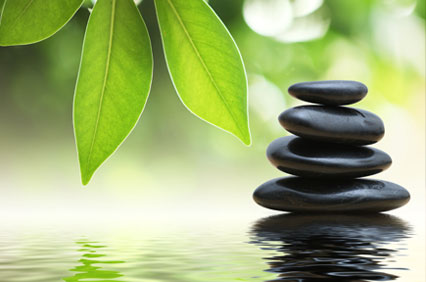Acupuncture is an effective form of medical treatment that has been practiced for over 5,000 years. Acupuncture is one component of Traditional Chinese Medicine, or TCM. Acupuncture is a safe, natural, drug-free and effective way to realign and rebalance the energy systems in your body. Acupuncture stimulates your body's own healing abilities and promotes natural healing. Traditional Chinese Medicine is a complete holistic approach; therefore, it can be used to treat the entire person. Mental, physical, spiritual, and emotional imbalances can be addressed to improve overall health and well being.
Acupuncture is based on the belief that living beings have Qi that circulates through twelve invisible energy lines known as meridians. An imbalance in the flow of qi throughout a meridian is how disease begins.
